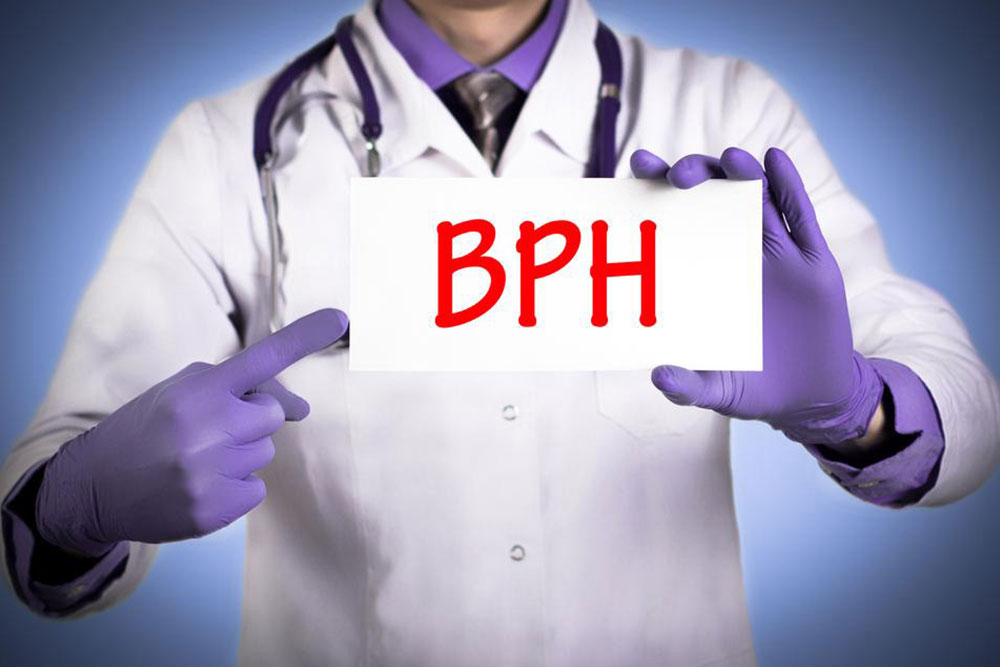Enlarged prostate: The signs, symptoms, and treatment
Do you have to make annoying trips to the bathroom every night, and more than once or twice? An increase in bathroom runs during the night could be the initial signs of having an enlarged prostate problem. If one cannot sit even on a short plane flight without rushing to the washroom or sit through an entire meeting, then they might be suffering from enlarged prostate, or benign prostate hyperplasia (BPH), as the condition is medically known as.
Signs and symptoms
Some of the enlarged prostate symptoms include trouble beginning urine, dribbling or leaking. The major trouble is that the nightly bathroom runs become more frequent, making their way into daytime routine. Also, enlarged prostate symptoms could become worse if one is under emotional or physical stress or during cold weather. Enlarged prostate symptoms can be divided into two categories.
- Symptoms related to bladder emptying: These include pain during urination (dysuria), an urge to urinate all the time, sometimes soon after having urinated, getting the feeling that the bladder isn’t completely empty, dribbling after urination, decreased urine strength (weak urine flow), and difficulty (straining, hesitancy) in beginning a urine stream.
- Symptoms related to bladder storage: These symptoms include an uncontrollable, sudden urge to urinate, occurrence of frequent urination and waking up in the middle of the night to urinate frequently (nocturia).
When these enlarged prostate symptoms (a.k.a. lower urinary tract symptoms) occur, they could range from being barely noticeable and mild to being disruptive and serious. Also, the severity of the symptoms does not dictate the amount of prostate enlargement.
Treatment
Treatments for enlarged prostate include medications, minimally-invasive procedures and surgery. Going about choosing one treatment largely depends on one’s symptoms, the severity of the symptoms, one’s age and medical conditions. While the AUA says that surgery does the best job, the risks are also more. Medications include Alpha Blockers (which relieve the symptoms rather than reduce the prostate size) and 5-Alpha reductase inhibitors (partially shrink the prostate by reducing levels of the male hormone DHT).
Minimally-invasive treatments include TUMT (transurethral microwave thermotherapy that reduces moderate to mild blockage, intermittent flow, straining, urgency, urinary frequency but does not correct bladder-emptying), TUNA (transurethral radio frequency needle ablation which destroys prostate tissue to relive symptoms and enables better urine flow) and rostatic stents (metal coils inserted in urethra to keep it open). Surgery includes TURP (transurethral resection of the prostate, most common surgery), TUIP (transurethral incision of the prostate, cutting prostate tissue), laser surgery and prostatectomy.



